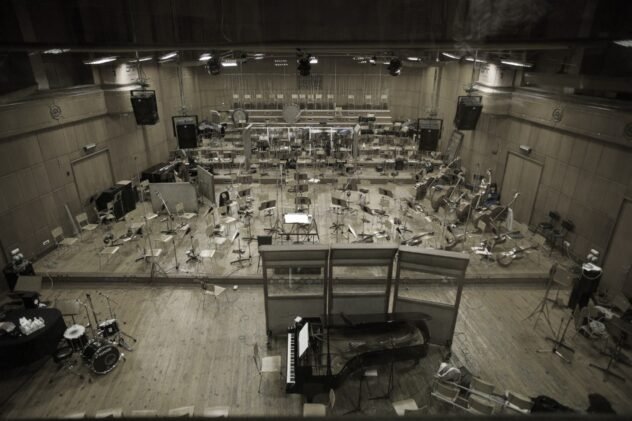By dynamics we mean the general perceived loudness of music (or sound in general). It is common knowledge, something like second nature in every one working with sound these last decades the ‘loudness war’. This is a war of trying to fit more ‘perceived loudness’ into the digital world by over-compressing the hell out of everything, so that it sounds more impressive, more massive, it cuts through the overall sound effect madness of the films, etc.
There are millions of articles about it, some of them trying to teach you how to do it, and some trying to talk sense into sound engineers and producers.
Although it has a great impact on the music itself and the way audience perceives it, usually composers had little to say about it. It was mostly left to the people working on the final production of the film to take care of this (mostly – but there are several exceptions)
With the Interstellar soundtrack by Hans Zimmer, we have a great example of creative use of dynamics, playing an integral role in the fabric of music. Because the film deals with the vastness of universe, and the enormous, out of this planet magnitude of space, they tried to fit such an exhilarating feeling into the sound spectrum of the film as well as the soundtrack. The only sensible way to do this is to use wisely your dynamics, which they did. When the soundtrack starts (on the CD or iTunes) the overall level is so low that you wonder if it is faulty. Then you realise that there is some sound in ti, but you have to crank your volume up. Which is what allows for the extra large hit of sound, colours and emotions when it comes. It is an old trick that engineers used to do back in the analogue era, when they wanted to have a big explosion for example. Some minutes before that, they used to lower the overall level down, slowly, without being noticed, and this resulted in the audience to ‘open up their ears’ more, calibrating their hearing to lower levels, and when the explosion came it sounded enormous, although in absolute terms it wasn’t.
Now, in the digital era, there is no need for such things, but in the case of the Interstellar soundtrack, it was a great trick.
Classical composers use it all the time. They work with the enormous dynamic range of the orchestra from pianissimo of only some instruments to sforzando of massive parts and this is what makes listening to a live orchestra such a unique experience, never able to be captured into a recording.
So, it is a good thing that from a man who blasted the hell out of percussion for so many films (and I mean it in a great way, not as criticism), to have a new attempt to re-think (and have other to follow I hope) the wise use of dynamics, as a musical tool, as part of the total listener experience. This means that your knob on your stereo or listening device won’t be stack to the same position since all recordings were at the same volume – the maximum (as it happened for almost two decades). You may have to do some turning to do… not that difficult in order to enjoy more emotions, be taken by surprise, travel to new levels of excitement…







Comments are closed